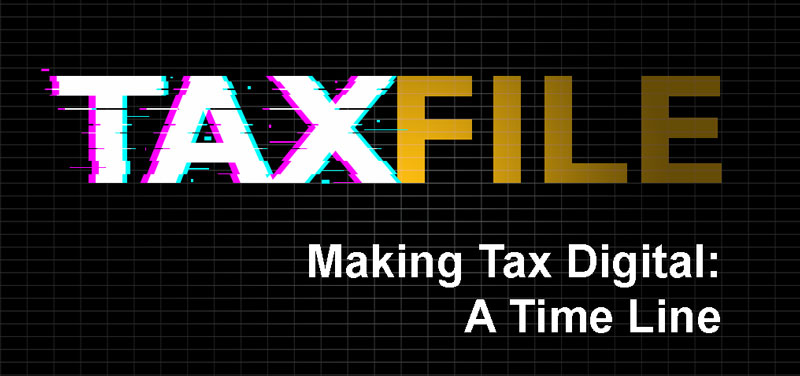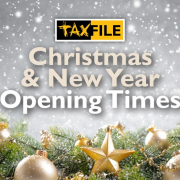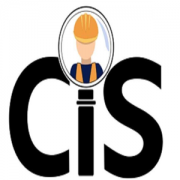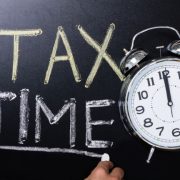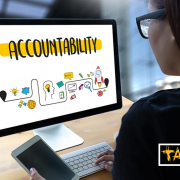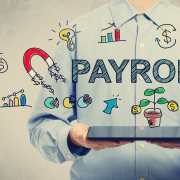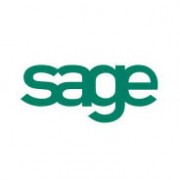Making Tax Digital – A New Time Line
Making Tax Digital (‘MTD’) was announced as the new initiative by HMRC to revolutionise and modernise the tax system in the UK.
MTD centres around keeping digital financial records that can then be accessed by software to calculate and submit taxes through to HMRC. The goal is that there will be direct ‘digital link’ between the financial record and the software used to calculate and submit the records and therefore ensuring an accuracy in the figures being generated.
With initial teething problems, MTD for VAT started back in April 2019, and as a result of various delays around Brexit & COVID-19, it still has not sailed out of its ‘soft-landing’ period.
On 21st July 2020 the Treasury published a 10-year plan to modernize the UK’s tax system which outlines a blueprint for the transition of the UK’s tax system into the digital age.
MTD for VAT
Introduced in April 2019, MTD for VAT had a soft-landing period where the rules for this ‘digital-link’ were relaxed. Prior to COVID-19, April 2020 was the date stipulated where all digital links were to be in place for submissions.
As a direct consequence of COVID-19, it has been now been stated that as of 1st April 2021, the ‘soft-landing’ period comes to an end and all VAT registered businesses submitting VAT returns will need to ensure they have these digital links in place for their submissions.
Furthermore, from April 2022, MTD for VAT will apply to all VAT registered businesses and not just those that have a turnover greater than the VAT threshold.
MTD for Income Tax
The 10-year plan targets 6th April 2023 for self-employed businesses and unincorporated landlords to begin reporting quarterly their financial data through MTD software, and therefore having to maintain updated digital records.
MTD for Income Tax will be mandated for all self-employed and unincorporated landlords with incomes exceeding £10,000 per year.
It is estimated that around four million unincorporated businesses and landlords with annual turnover exceeding £10,000 per year will be drawn into MTD and therefore required to keep digital records of their business finances and submit business financial information at least quarterly to HMRC using a 3rd party MTD compliant software.
The financial information required digitally (at the very least) every 3-months will include:
- Income & expenses (sales and expense invoices/receipts)
- Allowances & Adjustments
- A confirmation of the sources of income for the business with an End of Period Statement (‘EOPS’)
In addition, if there are any other sources of income, reliefs and allowance, capital gains, etc, they will need to be submitted (at the very least) annually, relating to the tax year.
However, the roll-out may be different to that initially envisaged as HMRC says it will draw on everything that has been learned from the implementation of the VAT service to date in their evaluation report.
MTD for Corporation Tax
In the report by the Treasury they announced that they will begin consultation on MTD for Corporation Tax in the Autumn of 2020.
Change can be daunting, but rest assured that at Taxfile we have been preparing for MTD for over 3 years now and have successfully transitioned all our VAT clients to MTD and have been successfully calculating and submitting MTD compliant VAT returns for well over a year.
We will be supporting all our self-employed customers and landlords with our services throughout this transition and will keep you updated as announcements are made.
If you have any questions about this, please do not hesitate to contact us on 020 8761 8000.

